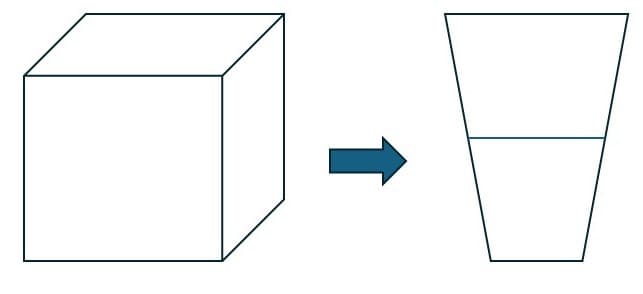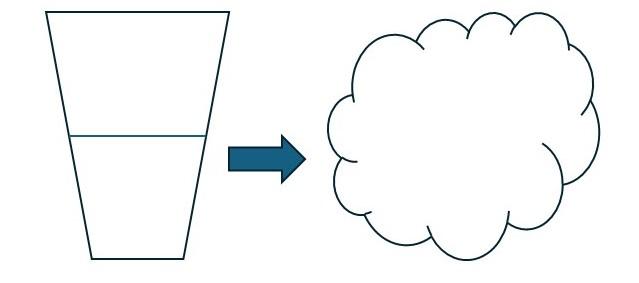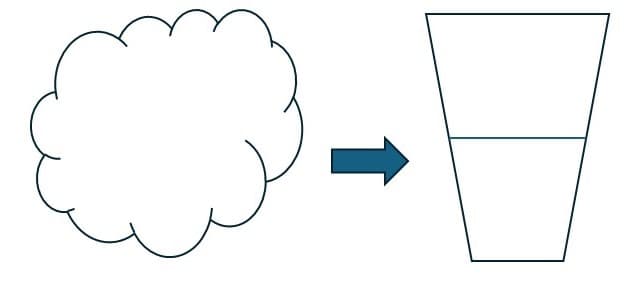Myths about teaching can hold you back
- Year 4
Temperature and evaporation: do and review
I can investigate how temperature affects the rate of evaporation.
- Year 4
Temperature and evaporation: do and review
I can investigate how temperature affects the rate of evaporation.
These resources were made for remote use during the pandemic, not classroom teaching.
Switch to our new teaching resources now - designed by teachers and leading subject experts, and tested in classrooms.
Lesson details
Key learning points
- Scientists make careful observations and measurements, using a range of equipment.
- The results of an investigation can be recorded in different ways.
- Scientists use data they have collected to answer questions.
- Although water can evaporate at low temperatures, the speed of evaporation increases as the temperature increases.
Keywords
Evaporation - Evaporation is the change in state from a liquid to a gas.
Temperature - Temperature is a measure of how hot something is.
Variables - Variables are the things that can be changed, measured or kept the same in a comparative or fair test.
Conclusion - In a conclusion, scientists explain what the results show or mean.
Common misconception
Children may believe that water cannot exist in a gas state because they cannot see it. They may also think that evaporation only occurs at high temperatures.
Teaching slides explain the existence of water vapour, even though it is invisible. By investigation, children observe and measure that evaporation occurs at all temperatures.
To help you plan your year 4 science lesson on: Temperature and evaporation: do and review, download all teaching resources for free and adapt to suit your pupils' needs...
To help you plan your year 4 science lesson on: Temperature and evaporation: do and review, download all teaching resources for free and adapt to suit your pupils' needs.
The starter quiz will activate and check your pupils' prior knowledge, with versions available both with and without answers in PDF format.
We use learning cycles to break down learning into key concepts or ideas linked to the learning outcome. Each learning cycle features explanations with checks for understanding and practice tasks with feedback. All of this is found in our slide decks, ready for you to download and edit. The practice tasks are also available as printable worksheets and some lessons have additional materials with extra material you might need for teaching the lesson.
The assessment exit quiz will test your pupils' understanding of the key learning points.
Our video is a tool for planning, showing how other teachers might teach the lesson, offering helpful tips, modelled explanations and inspiration for your own delivery in the classroom. Plus, you can set it as homework or revision for pupils and keep their learning on track by sharing an online pupil version of this lesson.
Explore more key stage 2 science lessons from the Introduction to states of matter and changing states unit, dive into the full primary science curriculum, or learn more about lesson planning.

Equipment
flannels and a spray bottle or shallow dishes, a thermometer, weighing scales
Content guidance
- Risk assessment required - equipment
Supervision
Adult supervision required
Licence
Prior knowledge starter quiz
6 Questions
Q1.In which state does water take the shape of the bottom of its container?
Q2.In which state does water have a fixed shape except when a force is applied to it?
Q3.Put the forms of water in order, from the one which would occur at the lowest temperature, to the one which would occur at the highest temperature.
Q4. are the things that can be changed, measured or kept the same in a comparative or fair test.
Q5.How many variables should you keep the same in or control in a comparative or fair test?
Q6. is the change in state from a liquid to a gas.
Assessment exit quiz
6 Questions
Q1.Scientists use a range of equipment to make careful __________.
Q2.Which of these diagrams shows evaporation?



Q3.Match the equipment to the measurement you would make with it.
volume of liquid
time
temperature
Q4.Why do scientists collect data?
Q5.How does the speed of evaporation change as temperature increases?
Q6.Which of these conclusions do these data support?



